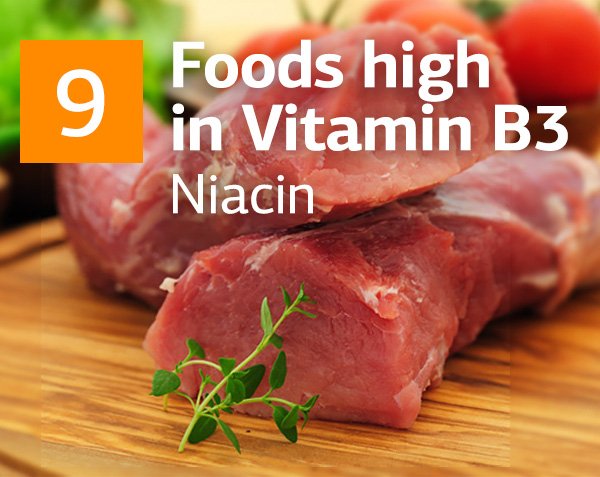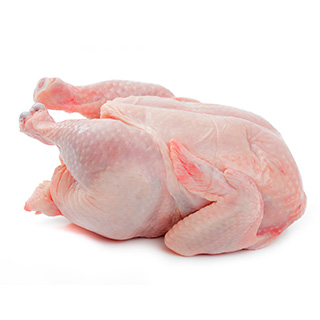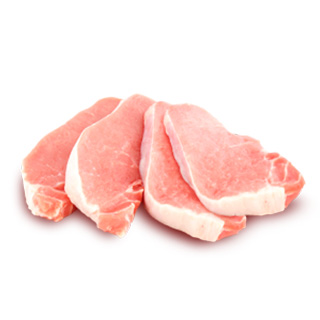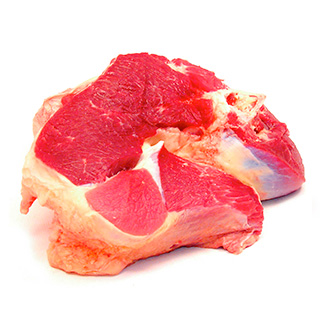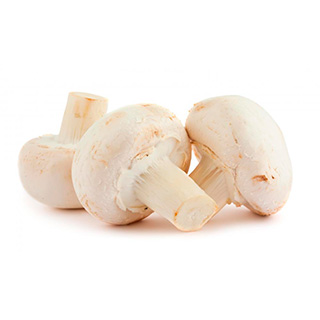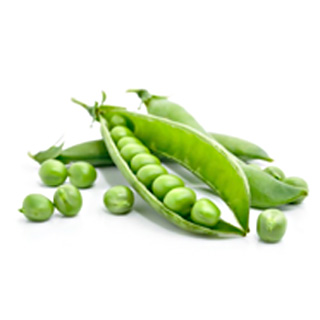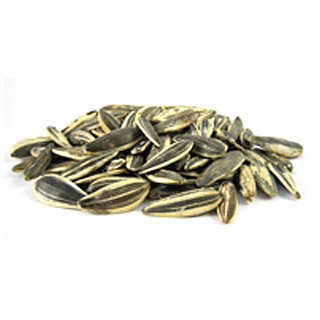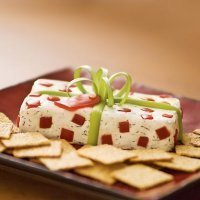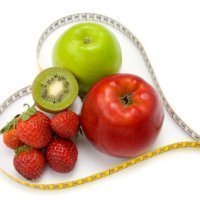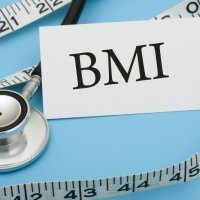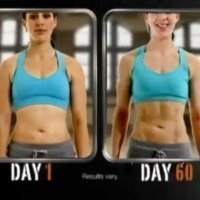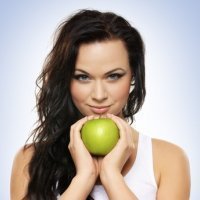What is Vitamin B3 and Top Foods highest in Vitamin B3 (Niacin)
Vitamin B3 is also called niacin (nicotinic acid). It breaks down into two forms: niacinamide and inositol hexanicotinate. A healthy daily dose of vitamin B3 is 20-60 mg daily. It can be increased for people who perform extreme physical or psychological activities, live on the territories with too cold or too hot climate, stick to low-protein diet (vegans and vegetarians) and for pregnant women and nursing mothers.
Vitamin B3 is multifunctional. It is extremely important for energy production and fat metabolism. It is often prescribed to people with a high cholesterol level and blood circulation issues. However, high doses of this vitamin can actually damage liver. Niacin protects our body from stress and the aging effects. It is responsible for production of hormones by the adrenal gland and helps our skin to recover from damages caused by ultraviolet light.
Low niacin level can lead to poor concentration, anxiety, restlessness, apathy and chronic alcoholism.
Niacin is quite stable in the environment. It can be stored for a long time, frozen, dried, and exposed to light, but boiling can reduce it by 5-40%. As a water-soluble nutrient it can exceed out of food into boiling water. That is why the healthiest methods of cooking vitamin-B3-containing foods are grilling and steaming.
Interaction Of Vitamin В3 With Other Nutrients
Niacin can be not only consumed with foods, but also synthesized from the amino acid tryptophan. So, basically, our body is able to provide itself with vitamin B3. The only condition is that it has to be supplied with enough foods high in protein. Vitamin B3 in combination with vitamin C is also used for treating cancer.
Deficiency Of Vitamin В3
Only elderly people are in risk of niacin deficiency. They have slower metabolism, and their bodies are not able to absorb vitamin B3 effectively enough.
The symptoms of vitamin B3 deficiency are skin damages, dermatitis, signs of dementia, diarrhea and gastrointestinal problems, sore mouth, dizziness, headache, insomnia, pale and dry skin. If not treated properly it can lead to the disease called pellagra. Among the main signs of pellagra are burning sensation in the mouth, drooling, red spots appearing on the hands, face, neck and elbows, severe weakness and headaches.
Dietary Toxicity Of Vitamin В3
It is almost impossible to reach toxicity level of vitamin B3 by only consuming it in natural form. However, it is possible to cross this level by taking nutritional supplements that contain B complex. In case you often cross the upper healthy limit of niacin, you may experience diarrhea, skin rash, itching and fainting.
Foods High In Vitamin В3
1. Tuna
| Vitamin B3 in Tuna, Fresh, Yellowfin | |
| 100 g | 1 oz, boneless (28 g) |
| 18.48 mg (103% DV) |
5.24 mg (29% DV) |
Tuna is the number one source of vitamin B3. 100g of this fish can supply your body with 103% of our daily niacin need. Tuna is also the biggest fish protein source. It contains calcium, magnesium, phosphorus, iodine, iron and zinc, as well as vitamin A, B1, B2, B6, B9 and E.
This fish is delicious when grilled simply with salt and pepper. It is yummy in salads and with pasta. Even traditional tuna sandwich is a good snack for active people.
2. Chicken & Turkey
| Vitamin B3 in Chicken, Broilers Or Fryers, Light Meat, Meat Only | |
| 100 g | 1 serving (85 g) |
| 10.6 mg | 9.33 mg (52% DV) |
| Vitamin B3 in Turkey From Whole, Enhanced, Light Meat, Meat Only | |
| 100 g | 1 serving (85 g) |
| 9.92 mg (55% DV) |
8.43 mg (47% DV) |
Besides niacin, this meat is high in proteins, linoleic acid, which stimulates the immune system and vitamins A, B1, B2. Chicken contains vitamin B6, which is very good for heart. Actually, turkey is not as high in vitamin B3, as chicken. 100g of its roasted light meat can provide body only with 50% of its daily need, when the same amount of chicken gives more than 70%. There are many ways to cook tasty chicken or turkey. I am sure you have your favorite recipe. I can only suggest grilling as a way to preserve as many vitamins as possible.
3. Pork
| Vitamin B3 in Pork, Fresh, Loin, Tenderloin, Separable Lean Only | |
| 100 g | 1 roast (505 g) |
| 6.68 mg (37% DV) |
33.73 mg (187% DV) |
Pork is another highly recommended source of vitamin B3. In order to avoid cholesterol, buy only lean pork. 100g of this meat can give your body 37% vitamin B3 daily need. It is a good source of all the B complex vitamins. Improperly cooked pork can easily become harmful to your health. Although it is very tempting to simply fry it in much fat, put some effort and make it steamed or grilled. This way you will not only get rid of most of the cholesterol, but will also keep the vitamins in your food.
4. Peanuts
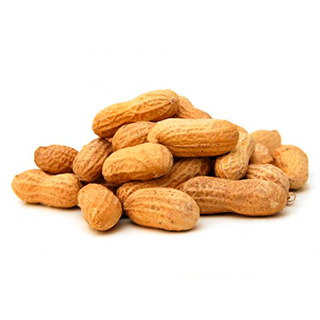 Types of Peanuts Rich in Vitamin В3 (100g):
Types of Peanuts Rich in Vitamin В3 (100g):
| Vitamin B3 in Peanuts, All Types | |
| 100 g | 1 cup (146 g) |
| 12.07 mg (67% DV) |
17.62 mg (98% DV) |
Peanuts are another example of food high in niacin. 100g of roasted peanuts provide body with almost 70% of vitamin B3 dose per day. They also contain vitamins A, D, E, B1, B2 and E, and radical catchers, which protect our cells and prevent heart diseases, aging and cancer. Peanuts include 35% of protein and 50% of fat, but the cholesterol is completely absent. We are used to consume these nuts in a form of peanut butter, but they are also very flavory in cookies, cakes and even salads.
5. Beef
| Vitamin B3 in Beef, Tenderloin, Steak, Separable Lean Only, Trimmed To 1/8 Fat, Choice | |
| 100 g | 1 lb (454 g) |
| 7.49 mg (42% DV) |
33.97 mg (189% DV) |
Beef is high in niacin, too. 100g of this meat contains 42% of human’s daily vitamin B3 need. It is a great supplier of sodium, magnesium, phosphorus, iron, and zinc. Beef is one of the main sources of complete proteins in our menu. Cooked meat loses up to 40% of water, and only 2% of protein and 1% of fat. Rump steak is the most valuable protein storage. Doctors often prescribe beef diet to people who have high cholesterol level. Consume 200gr of this low-calorie meat per day and your cholesterol can be reduced by approximately 20%. Healthy beef recipes often include vegetables and exclude fats.
6. Mushrooms
| Vitamin B3 in Mushrooms, White | |
| 100 g | 1 medium (18 g) |
| 3.61 mg (20% DV) |
0.65 mg (4% DV) |
The biggest amount of vitamin B3 is accommodated in white mushrooms (20% of daily need), oyster mushrooms (19%) and the brown ones (14%). White mushrooms are rich in vitamin A, B1, C, and especially rich in vitamin D. It goes without saying that mushrooms are a great source of healthy protein, but as a meal they are difficult to digest for our body. Therefore, it is recommended to dry them out in the stove before preparing. A big plus of this cooking method is that dried mushrooms can be perfectly stored even without a fridge. The best way to include this food into a meal is in the form of soups with lots of vegetables. In this case mushrooms will be digested up to 80%.
7. Fresh Green Peas
| Vitamin B3 in Peas, Green | |
| 100 g | 1 cup (145 g) |
| 2.09 mg (12% DV) |
3.03 mg (17% DV) |
The first vegetable in our list is green peas. 100g of it provides body with 10% of vitamin B3 daily dose. To add to it, peas are the richest source of protein among all the vegetables, and its protein is similar to the meat protein. It is high in vitamins C and A, and such nutrients, as calcium, phosphorus and iron. The nutritional value of peas is twice as high as the one of potatoes and other vegetables. So, the next time, when you are choosing between mashed potatoes or mashed peas, make a healthy decision.
8. Sunflower Seeds
| Vitamin B3 in Seeds, Sunflower Seed Kernels, Dried | |
| 100 g | 1 cup, with hulls, edible yield (46 g) |
| 8.34 mg (46% DV) |
3.84 mg (21% DV) |
Sunflower seeds are another good source of niacin. 100g of these seeds can give you 46% of vitamin B3 daily need. Sunflower seeds are rich in fat-soluble vitamins (A, E, D, group B) needed for glowing skin and hair, and nutrients (magnesium, zinc, iron, calcium, iodine). Due to their nutritional value sunflower seeds are highly recommended to vegetarians and pregnant women. They are believed to prevent atherosclerosis and heart attack. You can add them to your diet in a form of additive to your morning oatmeal or as an ingredient for cookies.
9. Avocado
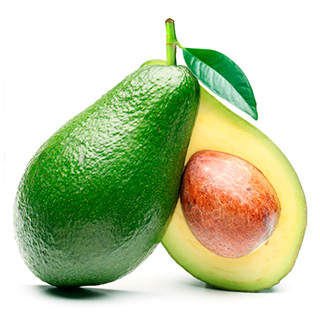 Types of Avocado Rich in Vitamin В3 (100g):
Types of Avocado Rich in Vitamin В3 (100g):
| Vitamin B3 in Avocados, California | |
| 100 g | 1 fruit, without skin and seed (136 g) |
| 1.91 mg (11% DV) |
2.6 mg (14% DV) |
Our last, but not least, item is avocado. 100g of this fruit contains 11% of niacin daily dose. Avocado is high in vitamins E, group B, A, C and K. It provides body with calcium, phosphorous, iron and iodine. It is such a versatile vegetable! You can fry, bake or grill it. Avocado is yummy in sandwiches and rolls. You can make avocado pasta or even ice cream. Anything you cook with it will be delicious.
